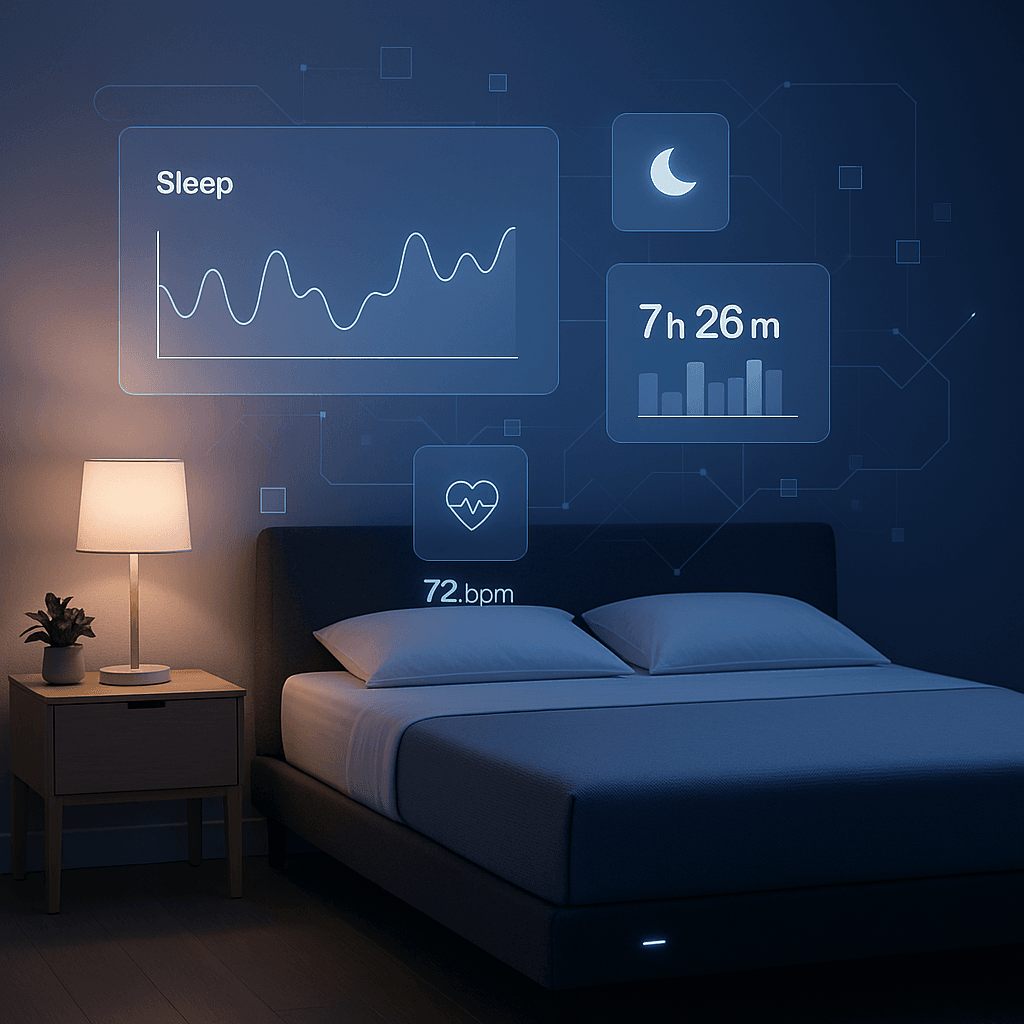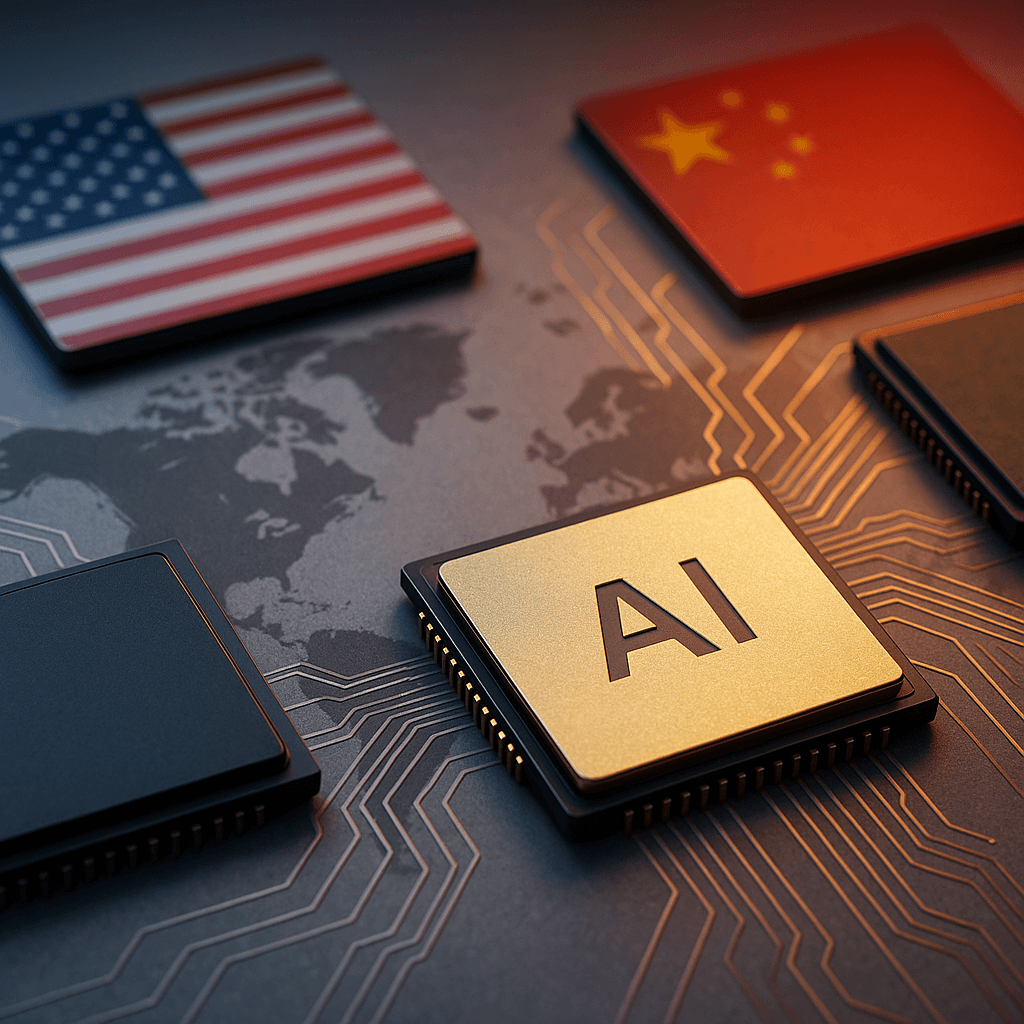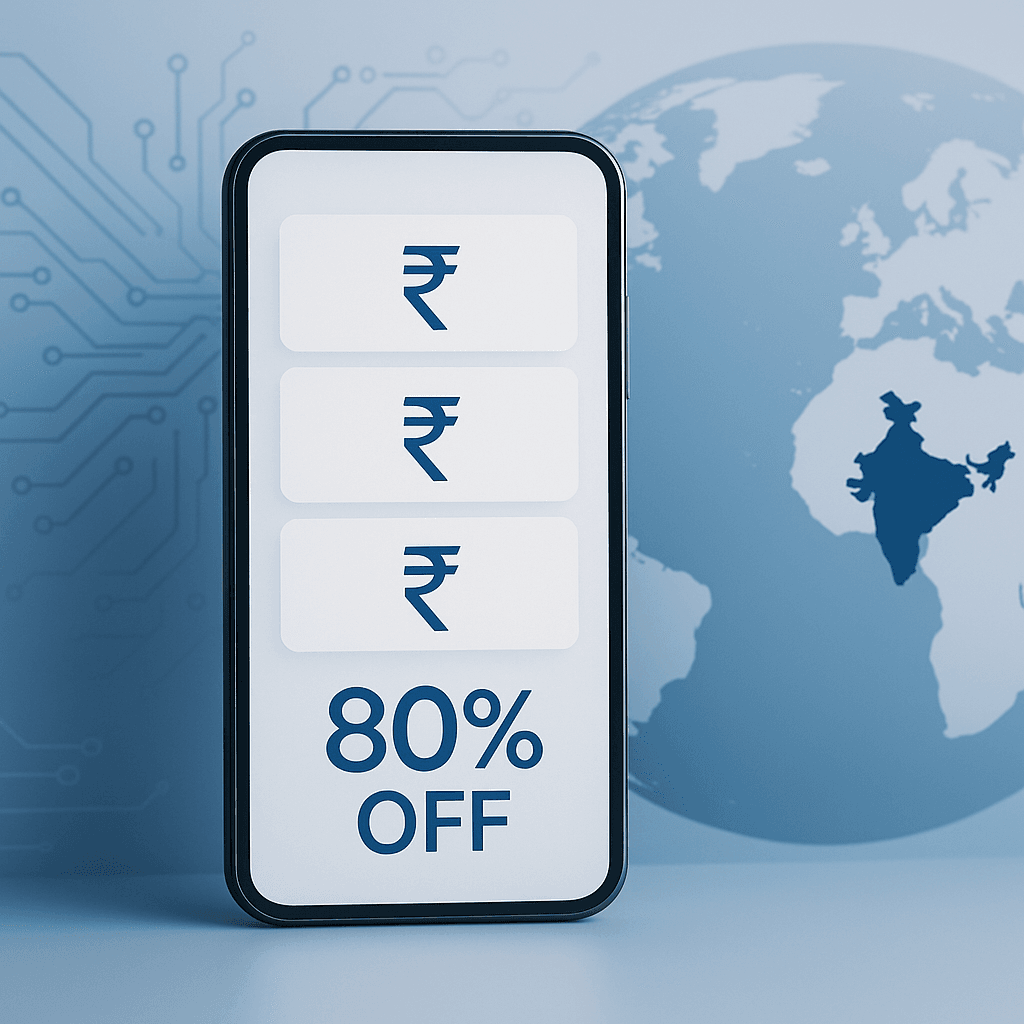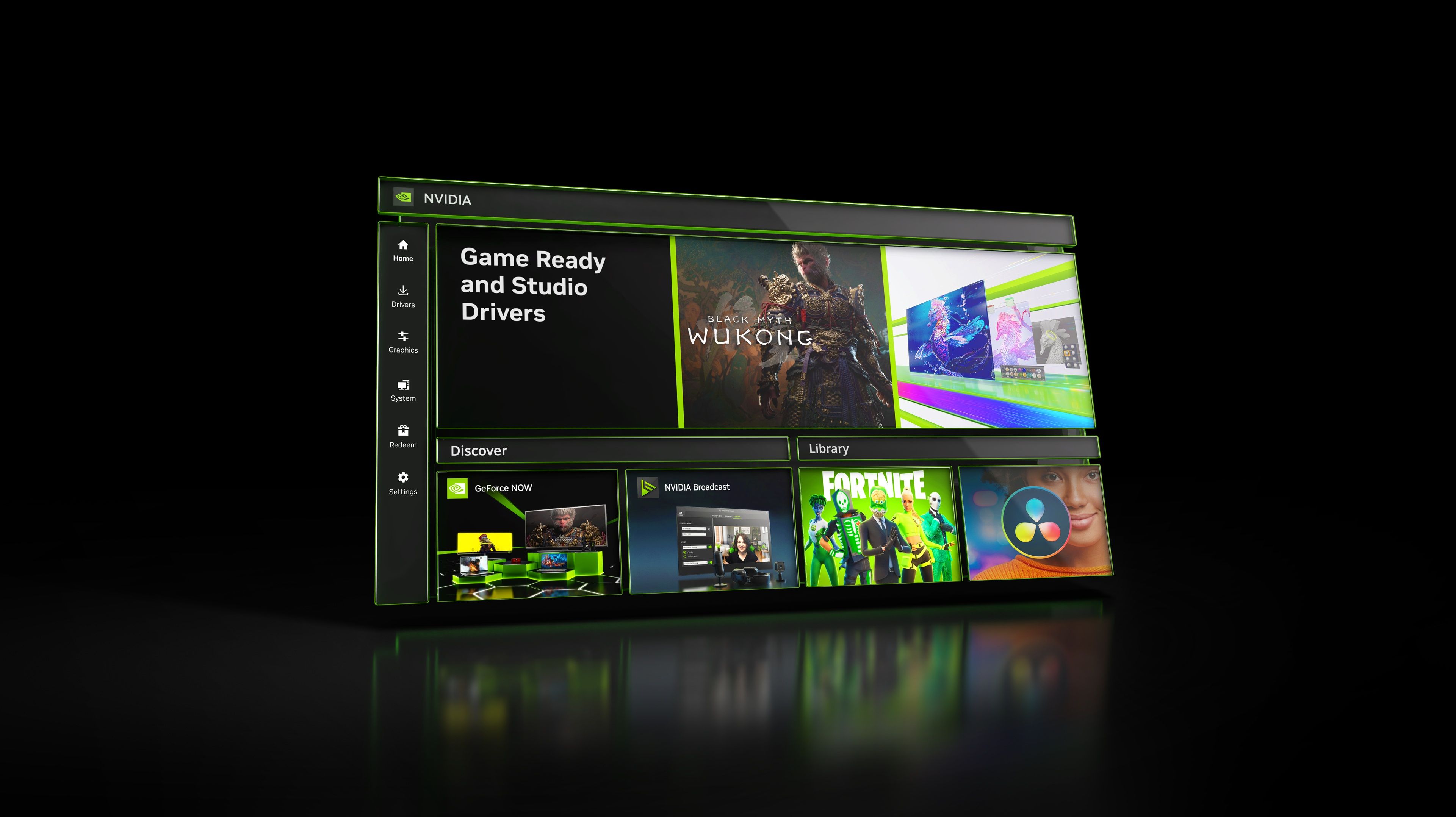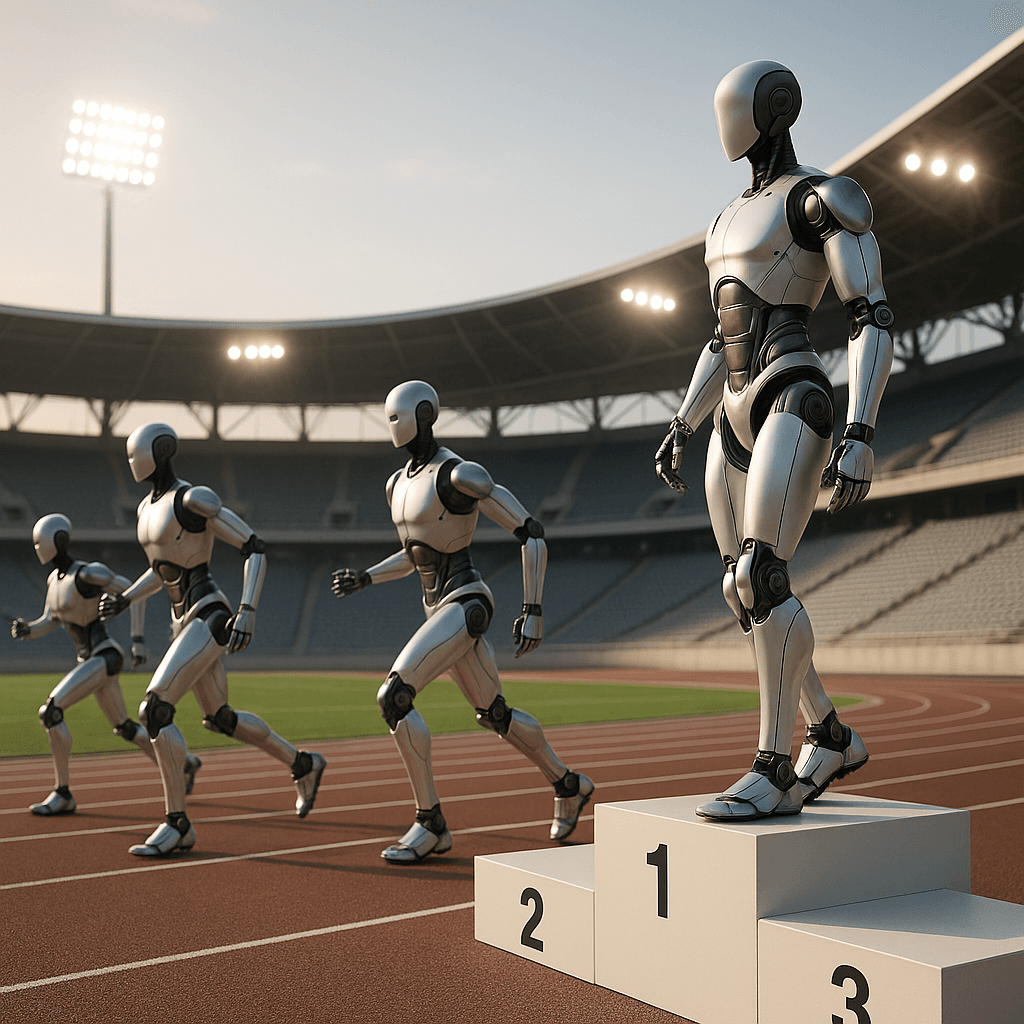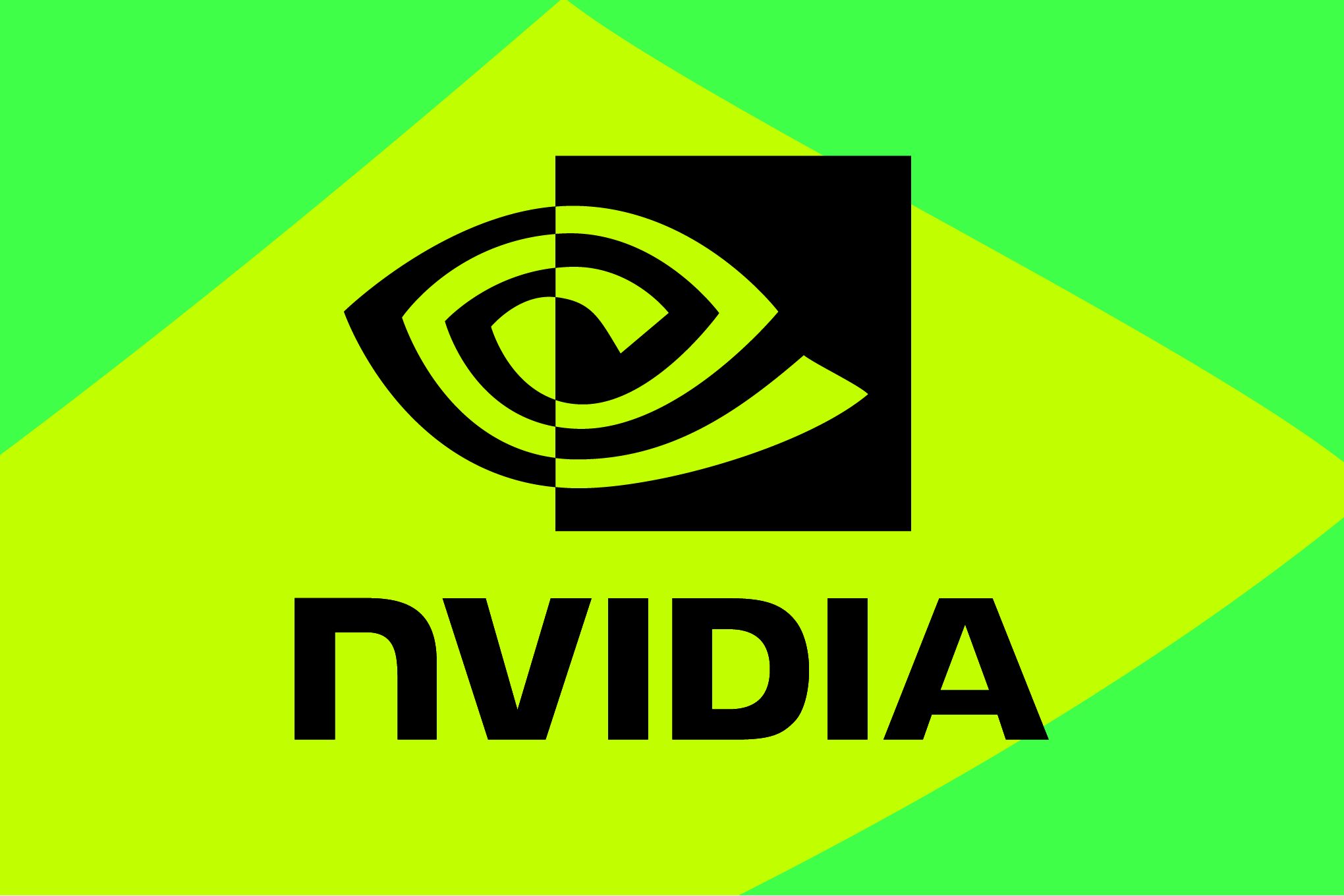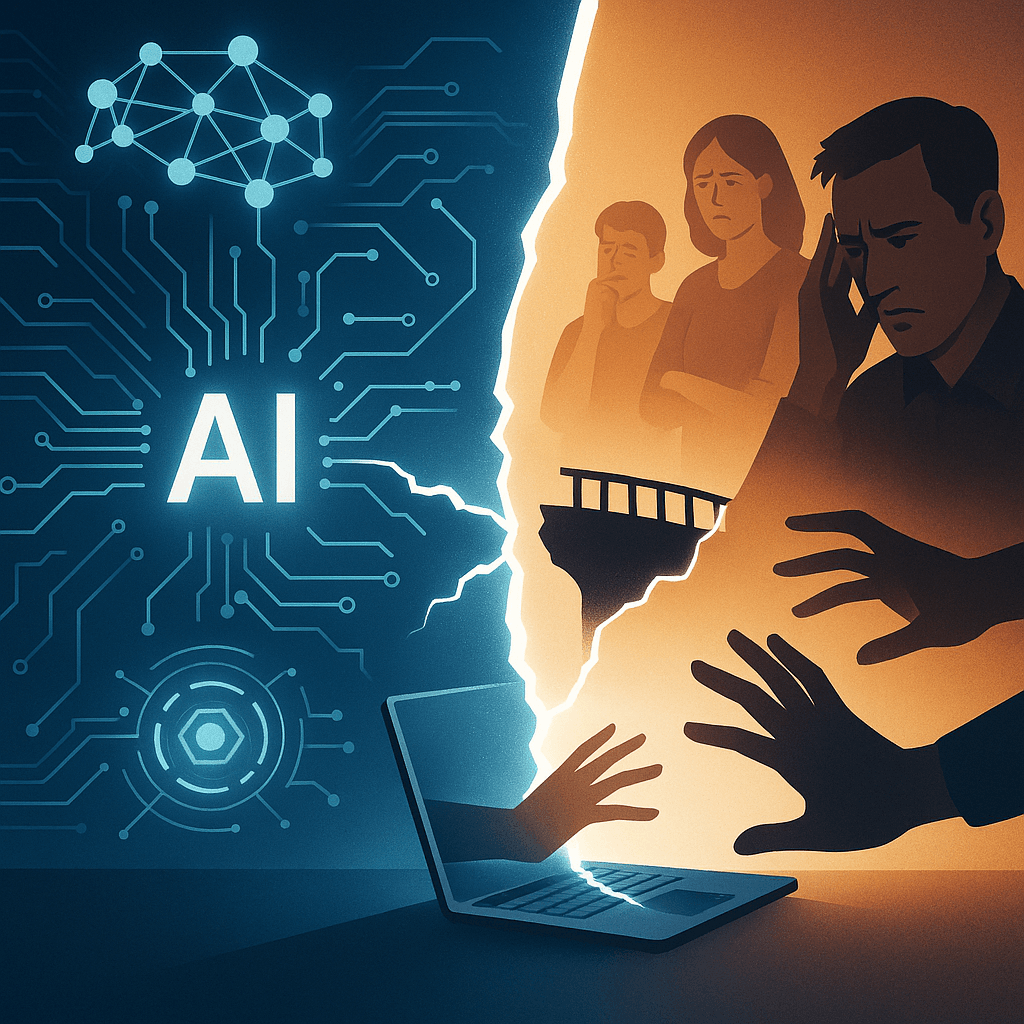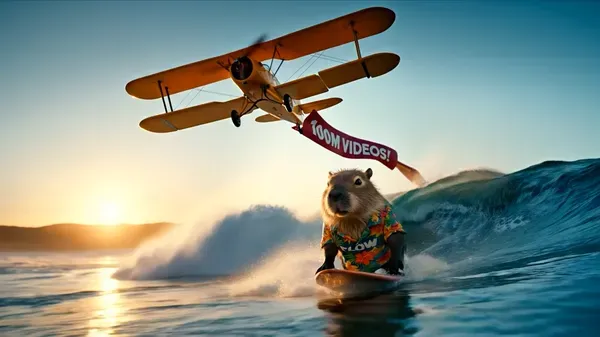Eight Sleep just closed a $100 million Series D funding round, bringing total capital raised to $260 million as the AI-powered sleep tech company eyes unicorn status. The round attracted top-tier investors including Valor Equity Partners, Founders Fund, and Formula 1 personalities Charles Leclerc and Zak Brown, signaling mainstream confidence in the booming sleep wellness market.
Eight Sleep just made the biggest bet yet on AI-powered sleep technology, closing a $100 million Series D that brings the New York startup's total funding to $260 million. The round signals massive institutional confidence in a company that's already generated over $500 million in sales from its smart mattress technology.
The funding comes from an impressive roster including HSG, Valor Equity Partners, Founders Fund, and Y Combinator, alongside Formula 1 personalities Ferrari driver Charles Leclerc and McLaren CEO Zak Brown. The athlete involvement isn't just celebrity endorsement – it reflects Eight Sleep's deep penetration into performance optimization markets where sleep recovery directly impacts million-dollar careers.
"If we successfully execute our AI roadmap, launch internationally, and develop condition-specific interventions, achieving unicorn status will naturally follow," co-founder and CMO Alexandra Zatarain told TechCrunch. The company's current valuation remains undisclosed, but it previously hit a $500 million post-money valuation in its 2021 Series C.
Eight Sleep's timing couldn't be better. With roughly one in three U.S. adults getting insufficient sleep, the sleep tech market has exploded into a multi-billion dollar opportunity. The company's flagship Pod mattress uses embedded sensors to track sleep stages, heart rate, breathing patterns, and movement, then automatically adjusts temperature, elevation, and firmness in real-time.
What sets Eight Sleep apart from wearable competitors like Oura, , and is its contactless approach. The company has collected insights from over one billion hours of sleep data without requiring users to wear anything, positioning it uniquely as consumers grow weary of device fatigue.
